Pasta or rice? Which fuel is better for the cyclist?
Pasta and rice are part of the essentials list for almost any cyclist. Both are good options, although it is advisable to know a little more in detail how they behave in our body to choose one or the other depending on our interests. The Royal Spanish Cycling Federation has prepared an article on this signed by the nutritionist Edu Agudo.
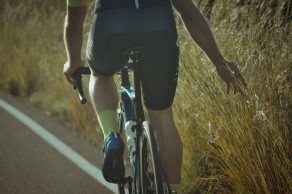
Pasta or rice: tell me what you want and I'll tell you what you should eat
Professional teams study in detail what diet will help their riders maximize performance. Without going to that unnecessary extreme for amateurs, more and more cyclists are taking care of their diet, convinced that adopting healthy habits and in line with the sport they practice will help them when they have to pedal.
Both pasta and rice are two classics present in the shopping list of many cyclists. And although popular knowledge suggests that both options are good, we will probably struggle to answer the question of which is better. Nutritionist Edu Agudo answers this question in an RFCE article.
RECOMENDADO
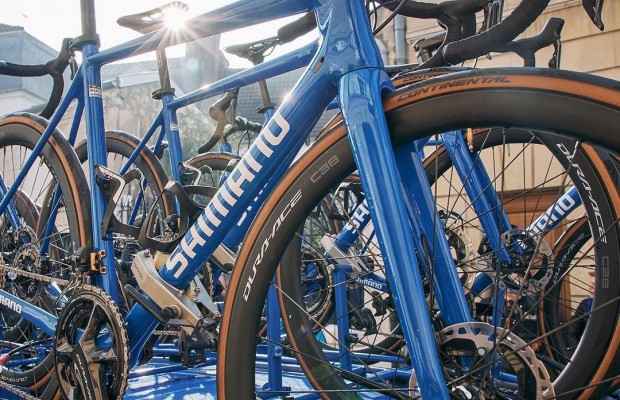
What brand are the blue Shimano bikes?

What bike size do you need? Here's how to find out

We look back at all the results at the MTB events in the Olympic Games, from Atlanta 1996 to Tokyo 2021
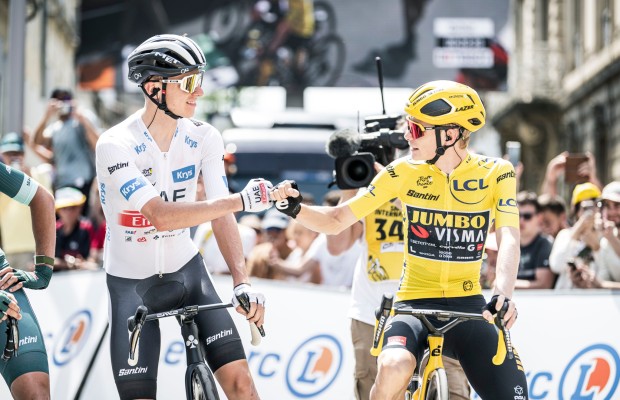
The most important jerseys of the Tour de France
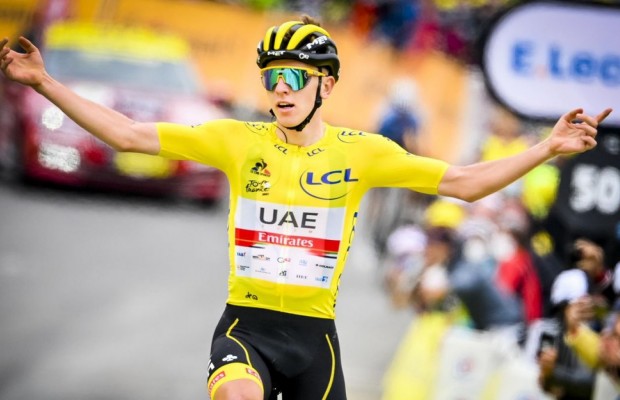
Pogacar is the highest paid cyclist of 2024 and is proving why

Why is a lion given to the winners in the Tour de France?
To start with, both are rich in carbohydrates, a nutrient that can be found in nature -in cereals, legumes, potatoes or rice itself- or in processed foods -breads, cookies or pastas, for example-. A characteristic that makes them interesting for sport, as carbohydrates "can be a natural ergogenic aid to design a dietary strategy" for good performance, according to Agudo.
The fact that rice is a natural product in which human hand does not intervene -although the article states that it also undergoes a process to polish and bleach it- is an argument in favor of this.
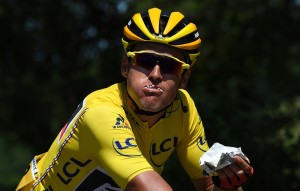
The main difference between both options is gluten. Pastas have a higher concentration of this protein, present in cereals such as wheat, while rice barely has any. Gluten is a harmless protein for the vast majority of people, although it could tip the balance in some cases.
Beyond celiacs, there is a significant percentage of the population with problems assimilating it. Those sensitive to gluten experience bloating and heavy digestions when they put this protein in their body. If we are prone to suffer these symptoms, it will be best to reduce or eliminate pasta.
In addition, Agudo explains that "at a neurological level there are studies that show how a gluten-free diet can guarantee greater mental clarity, concentration and cognitive performance. In terms of generalized tissue inflammation, gluten consumption is related to the activation of inflammatory reactions at the osteoarticular level".
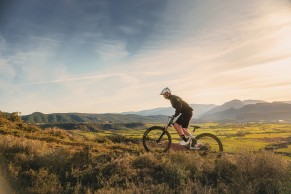
The glycemic index
The other big difference is the glycemic index. This indicator shows us the speed at which the level of glucose in the blood rises when we ingest a certain food. Rice -index of 70- has a higher level than pasta -index of 55-. This translates, explains the nutritionist, into getting energy faster with the same amount of rice. However, he also indicates that this does not mean that rice is better than pasta, or vice versa.
The glycemic index is an objective data. From there, we will use one food or another depending on what suits us: we should know if we want to recharge carbohydrates before or after going out to ride.
Firstly, if we want a quick charge after a workout, we should opt for rice. "After intense muscle work we will have a quick supply of glucose, which will be used by the muscle to regenerate glycogen stores", in addition to "helping the regeneration of damaged tissues", comments Agudo.
If on the other hand we want a quick charge before going out to train it will be better to eat pasta. This "ensures a slower and sustained release of glucose over time", he assures. Therefore, our body will give us doses of energy for a longer time. Agudo emphasizes that it is important to avoid a glucose peak prior to training that could produce a "high insulin peak", which could lead us to hypoglycemia.
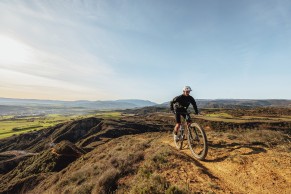
The picture changes a bit if we analyze whole pastas and rices. In this case, the glycemic indexes are very similar, with the characteristic that they become "slow glucose releasers, whose insulin peak is quite flat, making both whole pasta and whole rice equally suitable for a pre-workout recharge without risk of insulin peak and obtaining energy over a long period".
Finally, the nutritionist points out that although these general notes can be helpful, the most appropriate thing is to go to a professional who analyzes the particular case and adapts it to each one.